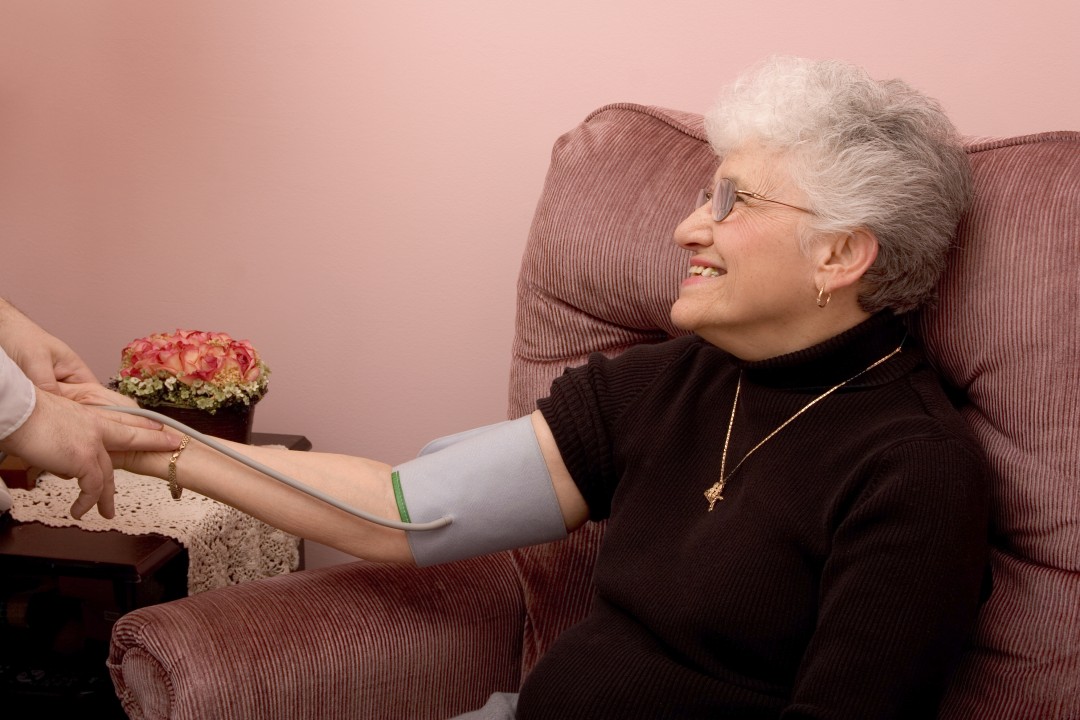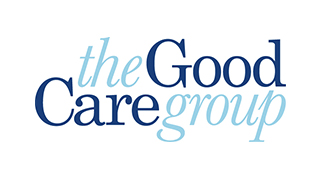Care funding assessments for elderly: Capital
Assessment of Capital for the Elderly
Most forms of capital and savings are assessable and will be included in the means test, including bank or building society accounts, National Savings and Investments, Stocks and Shares and Property
Any outstanding debt secured against asset held (such as a mortgage) can be deducted against the value of that asset
Capital of More Than £23,250
A care recipient with capital of more than £23,250 of assessable capital is considered to be a “self funder” and is liable to pay the full amount of the cost of their care.
Where a recipient is one of a couple, the recipient is liable to pay the full fee if they have more than £23,250 in their own right, or if their share of jointly held capital is more than £23,250
Capital Between £14,250 and £23,250
- Residents with capital between £14,250 and £23,250 are expected to make some contribution from their capital as well as income
- For every £250 between $14,250 and £23,250 you will be assessed as through you have £1 per week income
- This is known as “tariff income”
Capital Below £14,250
Capital below this limit is fully disregarded when assessing your ability to pay towards your care
Exempt Capital
Some forms of capital are excluded from assessment. The following is not an exhaustive list and professional advice should be taken with regard to your own particular circumstances
- The value of a property is not assessable if care is provided on a domiciliary basis (ie in that home)
- The value of a property in which a residential care recipient used to live is also not assessable until the need for
care for residential care is deemed to be permanent, or for the first 12 weeks of permanent care - The property continues to be non-assessable whilst it continues to be occupied by a spouse, civil partner, relative over 60, disabled relative or child under 18 whom the care recipient is liable to maintain
- Another important exempt asset is the surrender value of a life assurance policy and this includes certain forms of insurance or investment bonds, which are arranged on a life assured basis.
- Personal possessions are also disregarded, providing that they were not purchased with the intention of avoiding care fees (known as intentional deprivation of capital)
Intentional Deprivation of Capital for the Elderly
The Local Authority may consider that a resident has deprived himself of a capital asset in order to reduce their accommodation charge.
If this is the case, the Local Authority may treat the resident as still possessing the asset.
The Local Authority should only consider questions of deprivation of capital when the resident ceases to possess capital, which would otherwise have been taken into account. e.g. a resident gives a diamond ring worth £2,000 to her daughter the week before she entered residential accommodation
The Local Authority should not consider deprivation as, had the ring still been possessed, it would not be taken into account as capital
However, if the resident had purchased the ring immediately prior to giving it to her daughter with £2,000, which had previously been in a Building Society account, deprivation would probably be considered
There may be more than one purpose for disposing of a capital asset, only one of which is to avoid a charge for accommodation. If it can be established that the action was taken, for example, for tax reasons then it may be possible to defend an allegation of intentional deprivation
Examples of where a person has deprived themselves of capital include:
- A lump-sum payment has been made to someone else (e.g. as a gift or to repay a debt)
- Substantial expenditure has been incurred (e.g. on an expensive holiday)
- The title deeds of a property have been transferred to someone else
- Money has been put into a trust which cannot be revoked
- Money has been converted into another form which would fall to be disregarded (e.g. personal possessions)
- Capital has been reduced by living extravagantly (e.g. gambling or following a much higher standard of living than the resident could normally afford)
- Capital has been used to purchase an investment bond with life insurance at a time when a care requirement was foreseen
- The guidance on the intentional deprivation, as set out in the Charging for Residential Accommodation Guidelines (CRAG), states that the timing of the disposal should be taken into account when considering the purpose of the disposal
- It also states that it would be unreasonable for a local authority to seek to establish intentional deprivation, if the disposal took place at a time when the care recipient was fit and healthy and could not have foreseen the need for a move to residential accommodation
- These guidelines apply in a similar situation where care is provided on a domiciliary basis, as opposed to a residential basis, (i.e. where care is provided in the recipients own home)
- It is up to the resident to prove that he no longer has a resource. Failure to do so will result in the Local Authority treating the resident as if they still possess the actual capital.
Examples of acceptable evidence of the disposal of capital would include:
- A trust deed
- Deed of gift
- Receipts for expenditure
- Proof that debts had been repaid
Spouse’s and Civil Partner’s responsibility
It is important to emphasise that a spouse or civil partner is not responsible for meeting the care costs of their spouse or partner. It is only the care recipient’s own capital (or their share of jointly owned capital) which is assessable
It is often the case that most of a couple’s income is received by one spouse or civil partner (i.e. where one has significantly higher pension income than the other)
In such cases, the local authority has discretion to disregard further amounts of income or capital and therefore, allow them to retained by the spouse or partner if, for instance, it can be argued that they will suffer hardship as a result of their spouse, or partner’s income, or capital being applied to pay for care.
Dave Robinson is a Partner in Albert Goodman Chartered Accountants and a Director of Albert Goodman Chartered Financial Planners and WBW Chartered Financial Planners
www.albertgoodmancfp.co.uk www.wbw.co.uk











